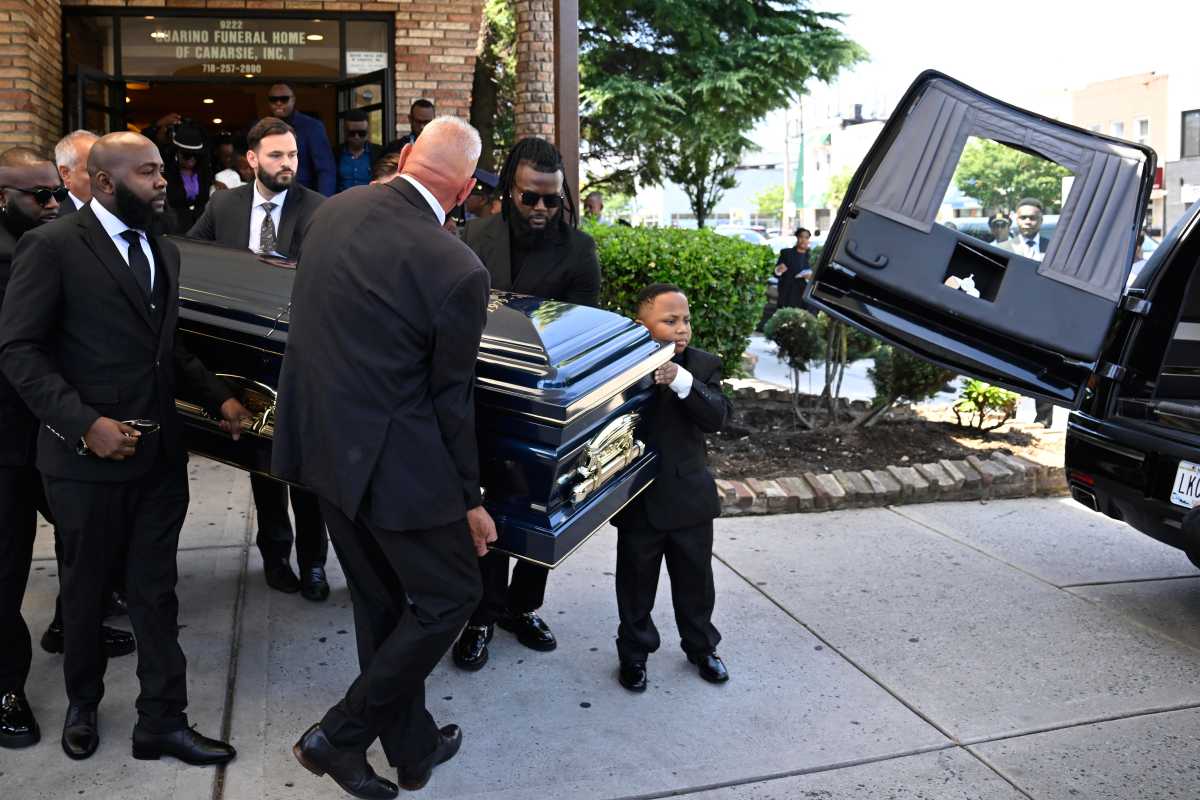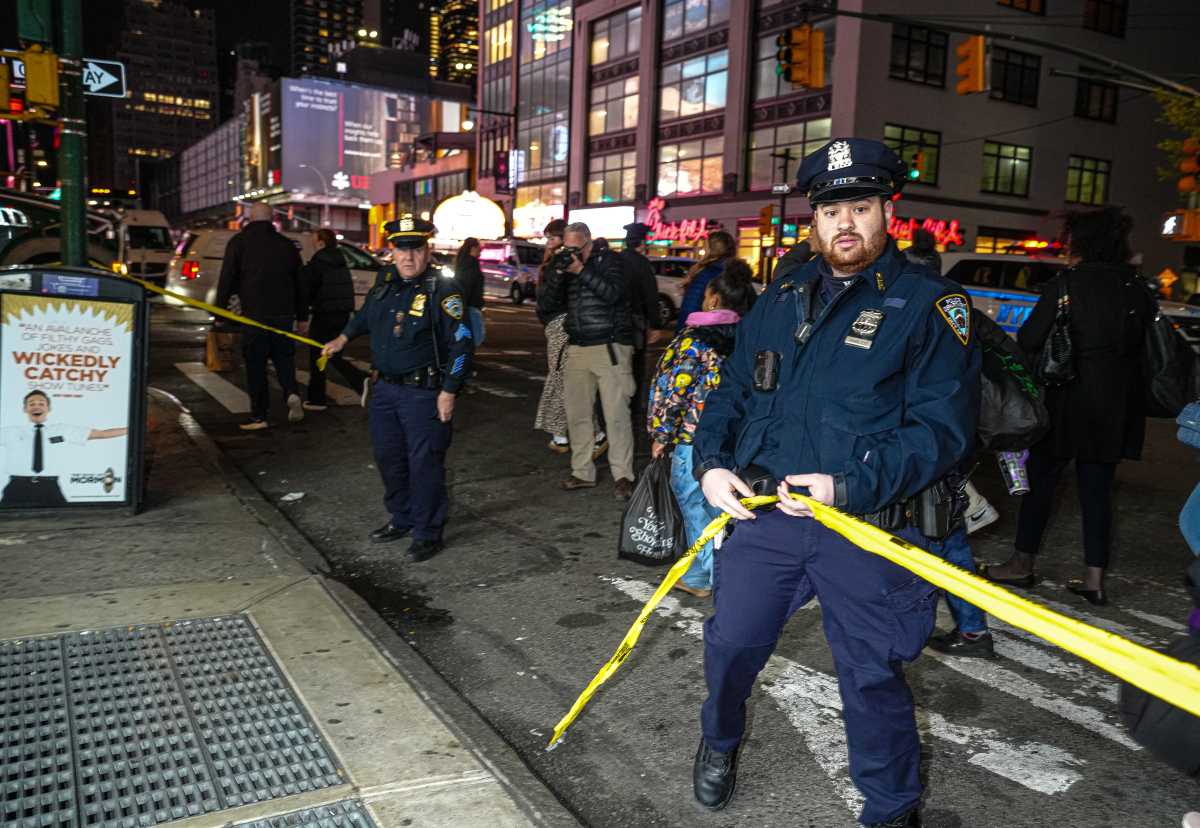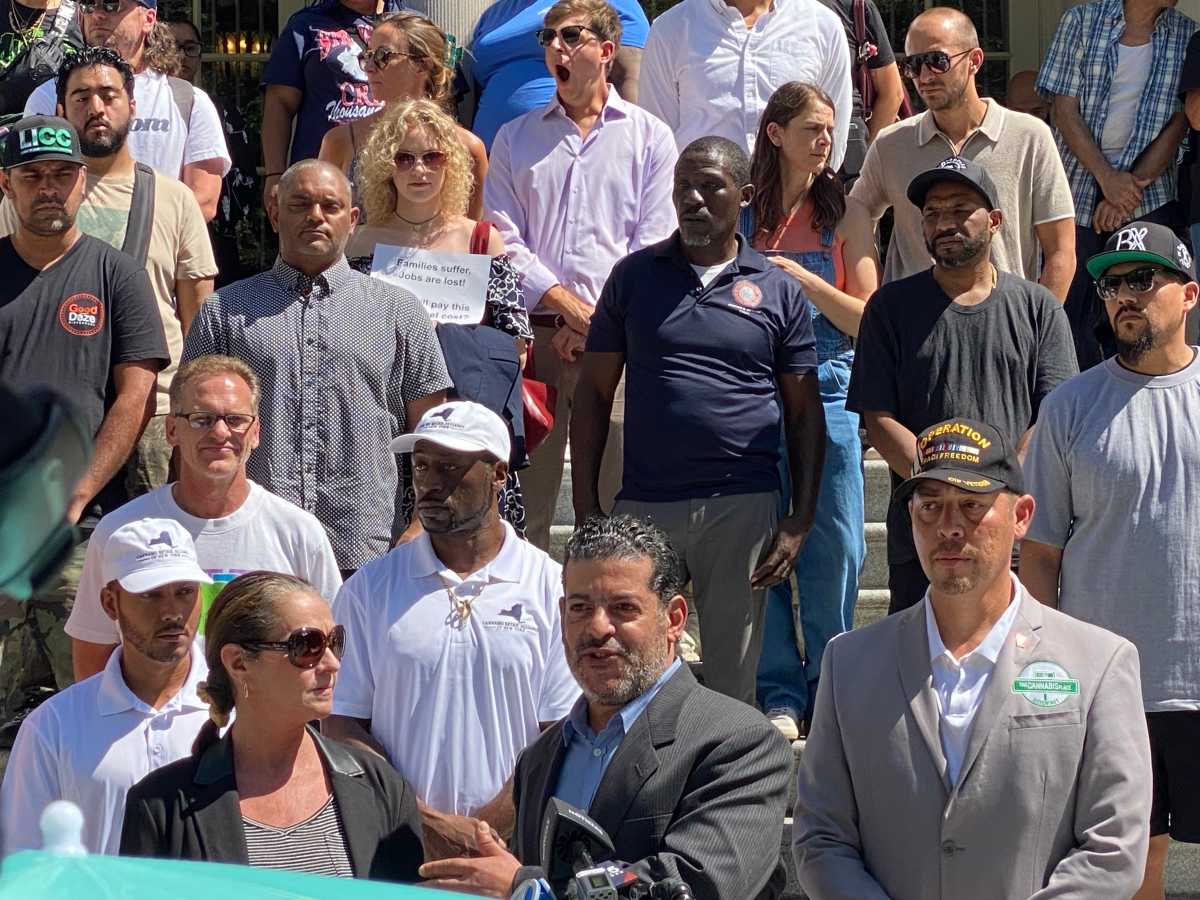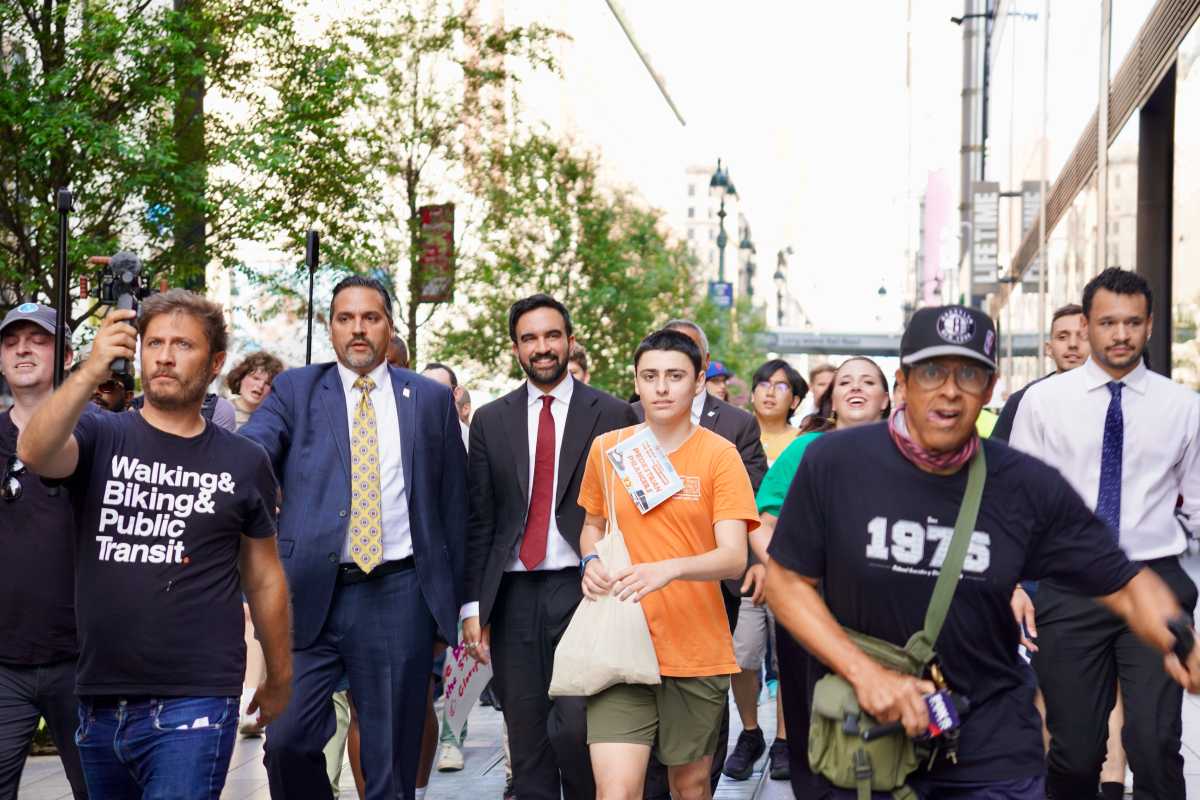That New York is one of the most expensive cities in America is common knowledge by now, but just how expensive is it? A new study by Nestpick, an aggregator of furnished apartment listings, set out to answer just that, setting down just how much money you’d need to make to afford New York rent across all the boroughs.
“One clear takeaway from this study is that the salaries needed to live in a lot of the world’s most popular neighborhoods are above the average wages of the cities themselves, which shows that the cost of real estate is growing faster than wages,” said Ömer Kücükdere, managing director of Nestpick. “More needs to be done to tackle the disparity between rent and salaries if we want to halt this alarming trend from affecting more cities around the world.”
To live in an apartment in downtown Manhattan on minimum wage, Nestpick found that a person would have to work 65 hours a week, or 13 hours a day–just for rent alone. To live in a single-person apartment without meeting the federal government’s definition of being “burdened” by rent, a person would have to make almost $10,000 a month.
In New York’s cheapest area, The Rockaways, a person would need to earn just $4450 per month to meet the same standard of living. Someone working 40 hours a week at minimum wage would see only 75 percent of their income going to rent.
Nestpick’s findings speak volumes about the rising share of Americans’ paychecks that are devoted to rent alone. The definitions that Nestpick uses to calculate how much a person would need to earn to live in New York comes from the National Housing Act of 1937, which states that a person is “burdened” by rent if more than 30 percent of their income goes toward housing costs. In 2016, New York renters paid on average of 62 percent of their monthly income on rent.
“As companies and cities battle to attract a highly skilled workforce, the reality of disposable income and cost of living has become more important than mere salary alone,” said Kücükdere. “In some cases, an individual working on minimum wage might need to work over 500 hours just to afford one month’s rent in a particular neighborhood.”
Nestpick claims that its study is for the benefit of migrating workers, who may be dazzled by higher paychecks and underestimate the costs of living in the areas they move to, treating the rising rents across New York as an inevitability, rather than a choice made by individual landlords.
“We created this index, in part, to help the huge numbers of highly talented workforce moving from lower-income countries to understand the true cost of living in some of the world’s most popular cities,” said Kücükdere. “We hope that this study helps to offer some insight about the relative affordability of certain neighborhoods around the world, and helps those relocating for work to make informed choices about which job offers to accept or reject based on location.”
Equity Residential, one of New York’s largest landlords, made $246 million from 7,788 apartments in 2014, according to a The Real Deal study, paying $67 million in taxes, leaving almost $180 million in the hands of the landlords. Related Companies, with 15.521 apartments, made $312 million and paid less than $40 million of it in taxes.
While New Yorkers keep a third of their paychecks after paying rent, developers like Related Companies kept close to 85 percent of their rents as profit. When Nestpick writes about the “affordability and inequality gap,” this is what they mean.

























